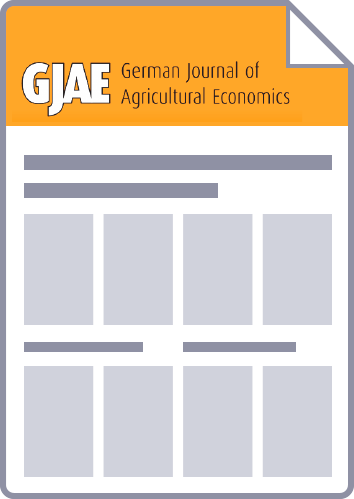This study analyses the environmental efficiency and changes in productivity of arable farms, taking greenhouse gas emissions into consideration as an undesirable output. Shadow prices of greenhouse gas emissions and determinants of efficiency are investigated and the influence of different sources of productivity change is quantified. The methodological framework is based on output-oriented and enhanced hyperbolic stochastic distance functions. The balanced data panel comprises 141 arable farms located in northern Germany between the 2002/03 and 2009/10 financial years. The results show that there are potential savings of 12% or 9% of product-related emissions for the output-oriented and enhanced hyperbolic distance functions, respectively. Better soil quality and a higher proportion of grain and sugar beet in the crop rotation influence efficiency positively. In contrast, a higher percentage of organic fertilizer and a higher percentage of outsourced services have a negative influence on efficiency. Average shadow prices of greenhouse gas emissions are, depending on the distance function, from €3.56 to €7.12 per tonne CO2 equivalent and from €1.71 to €3.41 per tonne CO2 equivalent. Shadow prices show an increasing trend during the observation period. The determined positive productivity change is mainly caused by technical progress. Average efficiency changes have only a marginal impact on productivity change. Scale changes inhibit productivity progress slightly.



